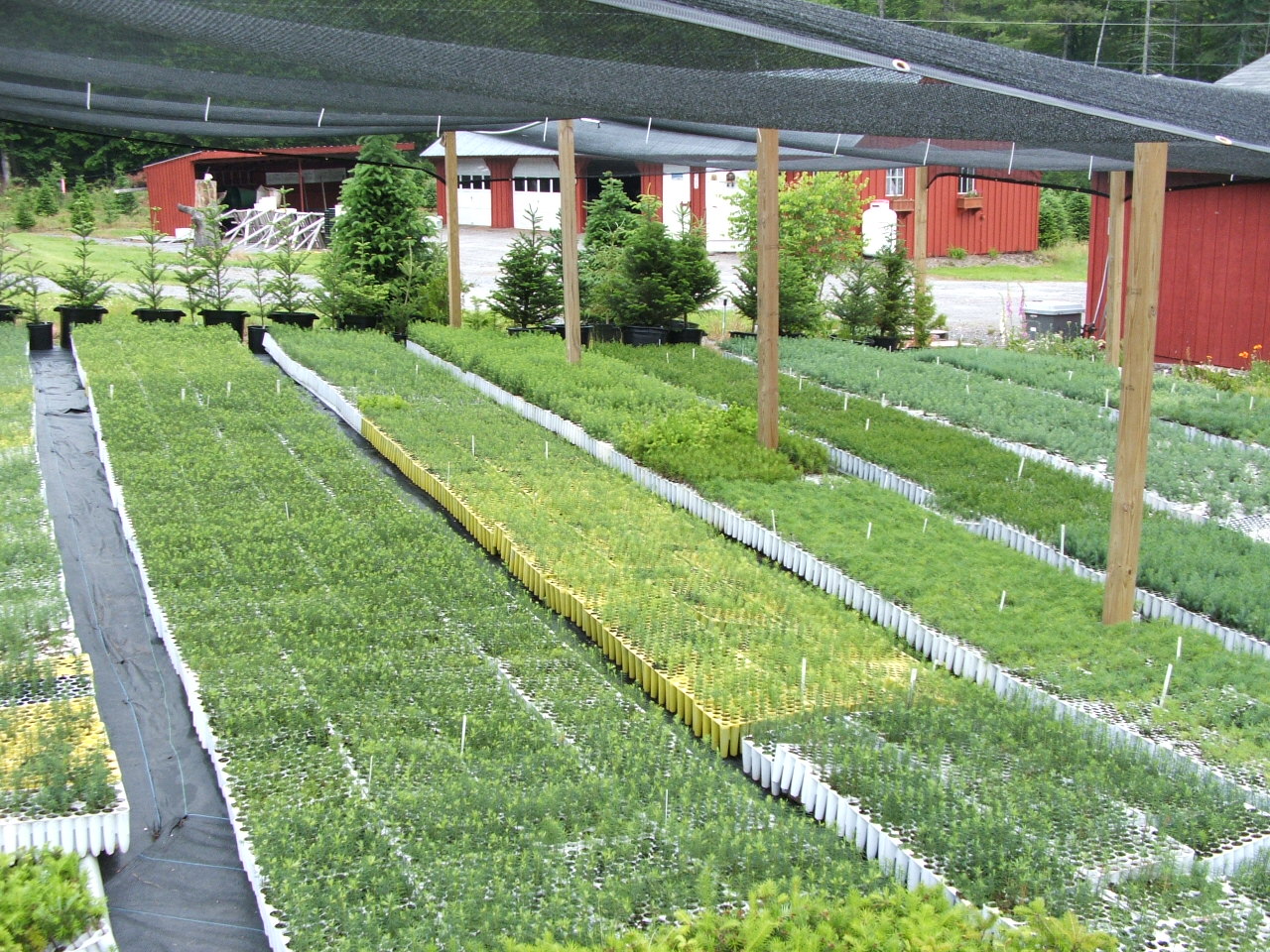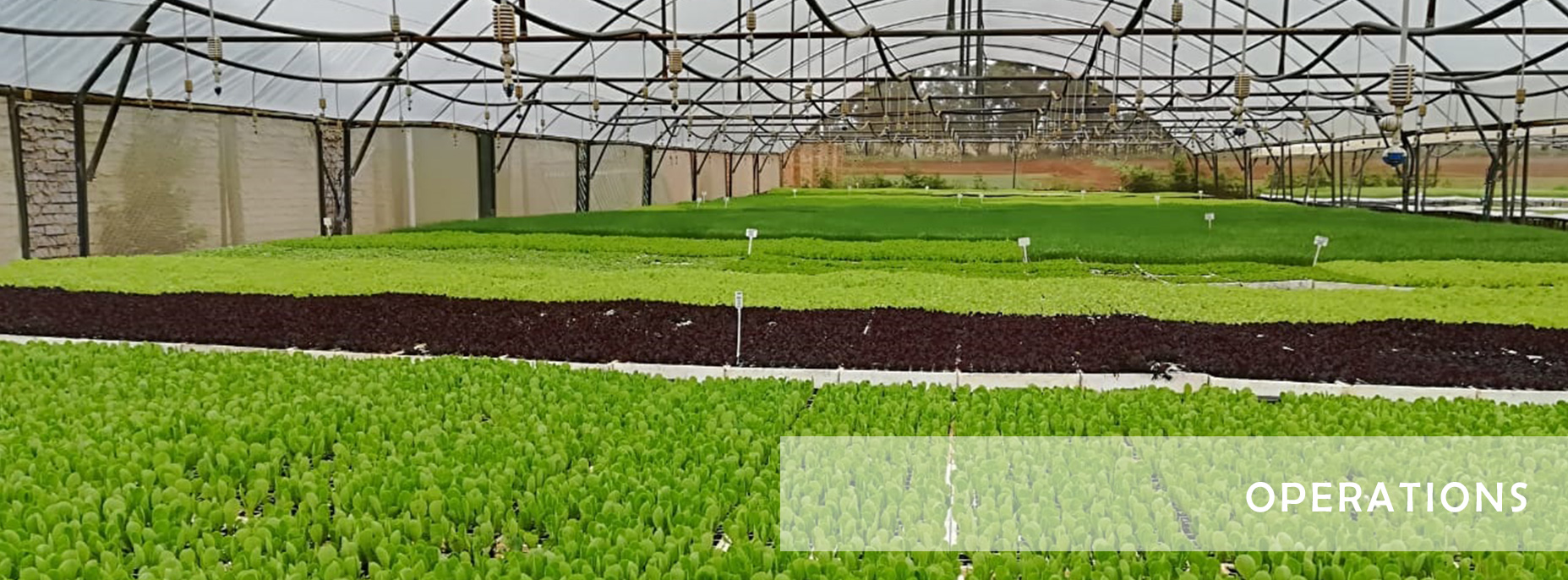Why Seedling Farms Are The Future Of Sustainable Agriculture
Seedling farms are more than just a buzzword in modern agriculture—they’re revolutionizing how we grow food and protect our planet. Imagine walking into a greenhouse filled with tiny green shoots bursting with life, each one a promise of future harvests. These little powerhouses are the backbone of sustainable farming, and understanding their potential is key to feeding a growing population without harming the environment.
Now, I know what you’re thinking—what’s so special about seedlings anyway? Well, buckle up because we’re diving deep into the world of seedling farms. From how they work to why they matter, this article will give you all the answers you need. Whether you’re a gardening enthusiast or someone curious about the future of food production, you’re in for a treat.
But before we get into the nitty-gritty, let’s address the elephant in the room: why should you care about seedling farms? The truth is, they’re not just for farmers anymore. With climate change threatening global food security, seedling farms offer a practical solution that’s both eco-friendly and efficient. So, stick around because we’re about to uncover some mind-blowing facts and tips!
Read also:Goth Mommy Meme The Ultimate Guide To Dark Parenting Humor
What Are Seedling Farms?
Let’s start with the basics. Seedling farms are specialized agricultural setups where young plants, or seedlings, are nurtured until they’re strong enough to be transplanted into larger fields or gardens. Think of them as a plant nursery where every little sprout gets the care it needs to thrive.
These farms use advanced techniques like hydroponics, soil-based systems, and even vertical farming to optimize growth conditions. The goal is simple: produce healthy, robust seedlings that can withstand the challenges of outdoor cultivation. And trust me, it works wonders!
Here’s a quick rundown of what makes seedling farms unique:
- Controlled environments for optimal growth
- Reduced risk of pests and diseases
- Higher survival rates for transplanted plants
- Sustainable practices that minimize resource use
Why Are Seedling Farms Important?
Seedling farms aren’t just a trend; they’re a necessity in today’s world. With the global population expected to hit 9 billion by 2050, we need innovative solutions to meet the growing demand for food. Seedling farms offer a way to produce more crops using fewer resources, making them a game-changer for sustainable agriculture.
But that’s not all. These farms also play a crucial role in preserving biodiversity. By cultivating a wide variety of plants, including rare and endangered species, seedling farms help maintain the genetic diversity needed for resilient ecosystems. It’s like having an insurance policy for nature!
The Environmental Impact of Seedling Farms
One of the biggest advantages of seedling farms is their environmental friendliness. Unlike traditional farming methods, which often rely on chemical fertilizers and excessive water use, seedling farms focus on sustainability. Here are a few ways they make a difference:
Read also:Alexs Bar In Long Beach California The Ultimate Spot For Drinks And Vibes
- Water conservation through efficient irrigation systems
- Reduced chemical runoff thanks to controlled growing conditions
- Lower carbon footprint due to localized production
How Seedling Farms Work
So, how exactly do seedling farms operate? It’s a fascinating process that combines science, technology, and good old-fashioned farming know-how. Let me break it down for you:
First, seeds are carefully selected based on their genetic traits and suitability for specific growing conditions. These seeds are then planted in trays filled with nutrient-rich soil or other growing mediums. Depending on the farm’s setup, seedlings may be grown in greenhouses, indoor facilities, or even open fields.
During the growth phase, seedlings are monitored closely to ensure they receive the right amount of light, water, and nutrients. This level of attention helps them develop strong root systems and healthy foliage, setting them up for success once they’re transplanted.
Technologies Used in Seedling Farms
Modern seedling farms rely on cutting-edge technologies to maximize efficiency and productivity. Some of the most common tools include:
- Automated irrigation systems for precise water delivery
- LED grow lights to mimic natural sunlight
- Sensor networks for real-time monitoring of environmental conditions
These technologies not only improve crop yields but also reduce waste and resource consumption, making seedling farms a shining example of sustainable innovation.
The Benefits of Seedling Farms
Now that we’ve covered the basics, let’s talk about the benefits of seedling farms. There are plenty of reasons why these farms are gaining popularity among farmers and environmentalists alike. Here are just a few:
Higher Crop Yields
Seedling farms produce healthier, more robust plants that are better equipped to handle the rigors of outdoor cultivation. This translates to higher crop yields and more consistent harvests, which is great news for farmers and consumers alike.
Cost Efficiency
While setting up a seedling farm requires an initial investment, the long-term savings can be significant. By reducing losses due to pests, diseases, and environmental stress, farmers can lower their overall production costs.
Improved Food Quality
Seedling farms also contribute to better food quality. Since the plants are grown in controlled environments, they’re less likely to be contaminated by pollutants or pathogens. This results in safer, more nutritious produce for consumers.
Challenges Faced by Seedling Farms
Of course, no system is perfect, and seedling farms face their own set of challenges. One of the biggest hurdles is the high upfront cost of establishing a farm. Equipment like greenhouses, irrigation systems, and grow lights can be expensive, making it difficult for small-scale farmers to get started.
Another issue is the need for skilled labor. Running a seedling farm requires knowledge of plant biology, agricultural technology, and business management. Without the right expertise, even the best equipment won’t guarantee success.
Overcoming These Challenges
Fortunately, there are solutions to these challenges. Governments and organizations around the world are offering grants and training programs to support seedling farms. Additionally, advancements in technology are making it easier and more affordable for farmers to adopt sustainable practices.
Success Stories from Seedling Farms
To give you a better idea of what seedling farms can achieve, let’s look at some real-world success stories:
Case Study 1: GreenSprout Farms
Located in California, GreenSprout Farms is a prime example of how seedling farms can thrive. By using hydroponic systems and renewable energy sources, they’ve managed to produce high-quality seedlings while minimizing their environmental impact. Their success has inspired other farmers in the region to adopt similar practices.
Case Study 2: EcoGrow Nigeria
In Nigeria, EcoGrow is proving that seedling farms can make a difference in developing countries. By providing affordable seedlings to local farmers, they’ve helped increase crop yields and improve food security in rural communities. It’s a testament to the power of innovation and collaboration.
How You Can Get Involved
If you’re passionate about sustainable agriculture, there are plenty of ways to get involved with seedling farms. Whether you’re a farmer looking to upgrade your operations or a consumer interested in supporting eco-friendly practices, there’s something for everyone.
Here are a few ideas to get you started:
- Visit local seedling farms to learn more about their operations
- Invest in sustainable agriculture projects through crowdfunding platforms
- Start your own mini seedling farm at home using recycled materials
The Future of Seedling Farms
Looking ahead, the future of seedling farms looks bright. As technology continues to evolve, we can expect even more innovative solutions to emerge. From AI-driven monitoring systems to vertical farming setups, the possibilities are endless.
But it’s not just about technology. The growing awareness of environmental issues and the demand for sustainable practices are driving the adoption of seedling farms worldwide. It’s a movement that’s here to stay, and one that we should all be excited about.
What’s Next for Seedling Farms?
As we move forward, seedling farms will likely play an increasingly important role in global agriculture. By continuing to innovate and collaborate, we can create a food system that’s not only sustainable but also equitable and resilient.
Conclusion
In conclusion, seedling farms are more than just a trend—they’re a vital part of the future of agriculture. From their environmental benefits to their potential to increase food security, these farms offer a wealth of opportunities for farmers, consumers, and the planet as a whole.
So, what can you do to support seedling farms? Start by learning more about them and sharing your knowledge with others. Together, we can create a brighter, greener future for generations to come.
And don’t forget to leave a comment or share this article if you found it helpful. Your feedback means a lot to us, and it helps us keep improving!
Table of Contents
- Why Seedling Farms Are the Future of Sustainable Agriculture
- What Are Seedling Farms?
- Why Are Seedling Farms Important?
- How Seedling Farms Work
- The Benefits of Seedling Farms
- Challenges Faced by Seedling Farms
- Success Stories from Seedling Farms
- How You Can Get Involved
- The Future of Seedling Farms
- Conclusion


